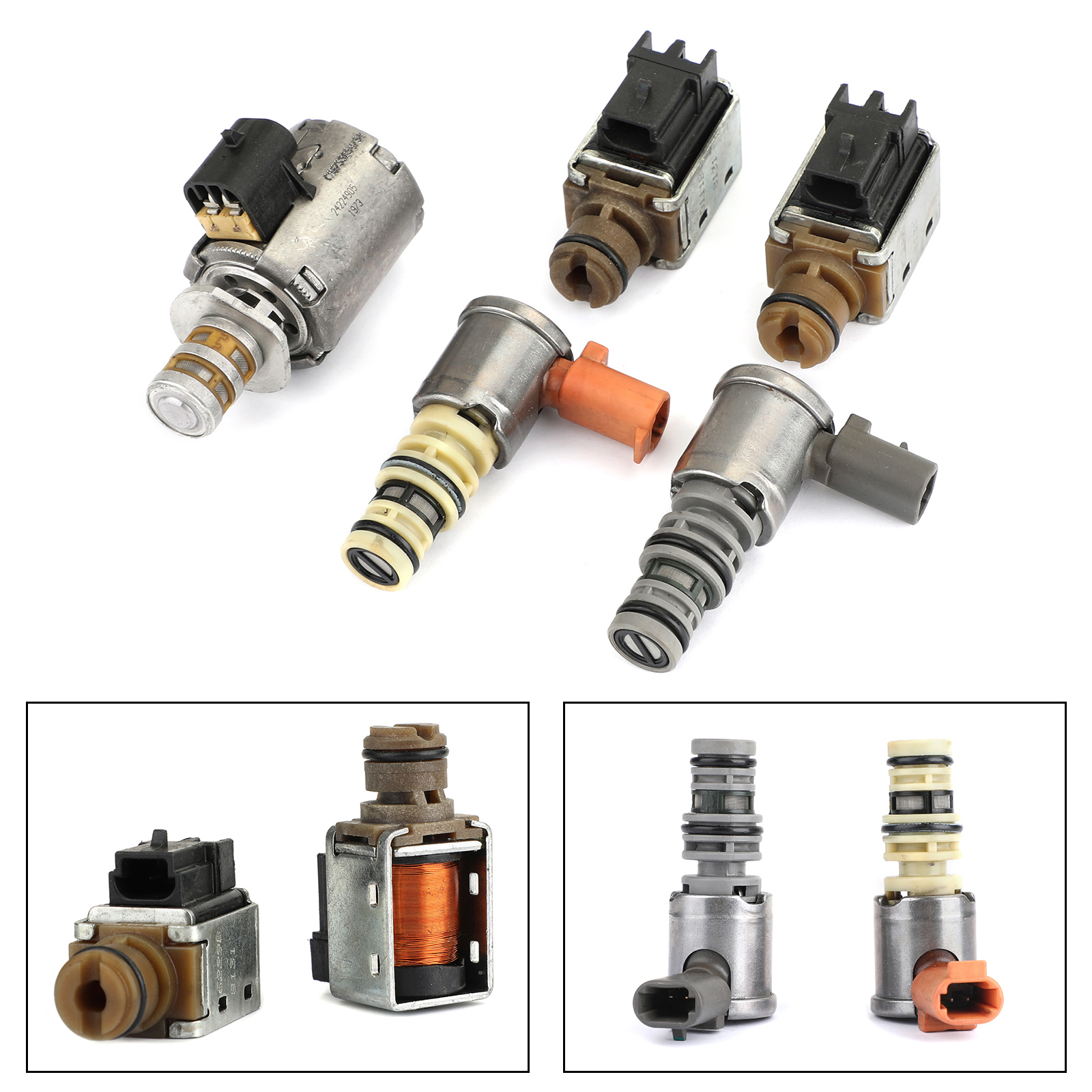
4L60E SHIFT SOLENOID TEST MANUAL
Instead, they use the manual clutch to control how and when gears shift.

Manual transmissions do not typically have shift solenoids. In automatic transmissions, transmission fluid is directed through the valve body by several types of solenoids, including: It is the flow of transmission fluid, which is controlled by the solenoid valves, that pressurizes your transmission’s clutches and bands, facilitating gear changes.
4L60E SHIFT SOLENOID TEST SERIES
(With a stock tune, the trans is programmed to shift to 2nd gear with minimum throttle at 11mph.)Īgain, please remember that I am a novice with this and am just trying to help.īTW - There is a nice series of Youtube videos on the 4l60E valve body.Solenoids are electro-hydraulic valves that control the flow of transmission fluid needed to change gears, opening and closing in response to the electrical signals they receive from your vehicle’s engine or transmission control unit, which pulls its data from a series of speed sensors in the engine. If it were me, I would first check that Solenoid A is spring loaded and if OK, drive it to a GM dealer that has transmission diagnostic equipment.īTW - If you put the rear axle on jack stands, start the car and put it in gear it should try to shift to 2nd gear at just 11mph.
4L60E SHIFT SOLENOID TEST HOW TO
I don't know how to be sure without determining which VCM wire it is and cutting it. Then check the resistance between the Solenoid A Pin-A terminal and ground(case) if it is now less than 24 ohms, it may be a defective VCM. You might be able to test this by connecting the trans harness again and disconnecting the battery. (The line will be run by a power transistor in the VCM and when they fail, they often short out.) If the trans was simply rebuilt, this seems less likely. * The VCM has a fault and has the corresponding line internally shorted to ground. It should be easy to check the wiring inside the trans. If the Pin-A terminal is less than 25 ohms (it might even be infinite) there is a short inside the trans. You could test this by removing the harness connector from the trans and checking the resistance between Solenoid A terminals and the case. * It's wire is pinched and grounded in the trans case. I can think of several reasons why Solenoid A won't electrically turn off: (Note that Solenoid B does not have spring tension Solenoid A is more in the middle of the valve body.) Since you say the trans was rebuilt, I would guess this is likely. If there is no spring tension, it won't turn off. * I would first remove Solenoid A again from the valve body and verify that it is under spring tension. (Therefore some of my previous comments don't seem valid now.) * It appears that Solenoid A (1-2 shift) is not turning OFF, it is staying ON. I don't have the experience to say exactly what it is, but here are my thoughts: 'llI find a picture for you, but it sounds like it is OK from what you have said so far. The "Pressure Switch" is also called the "pressure switch manifold".

You absolutely do not need to drop the entire trans or even the valve body to diagnose and likely fix all this. I have many printed out, but the websites are either gone, or I don't know where I got them. I'll try to find some schematics for you later. Either a short, an open or the ECM is faulty and can no longer pull the solenoid circuit to ground. If the solenoids are good, you have an electrical problem. If a solenoid is bad, it is trivial to replace. Note the Solenoid B is spring loaded with a very mild spring. With the oil pan off, you can remove a solenoid in 10 seconds - pull down/out retaining clip and pull out (sideways) solenoid. (Make sure they are disconnected from the trans harness before testing!) If you really wanted to, you could jumper 12V and ground to them to ensure they "snap" and move their plunger. Instead drop the trans oil pan and simply disconnect the solenoids and test them with an ohm meter. If you apply ground or +12 to the wrong wire, you could fry the ECM (computer).

While you could try to "poke" into the wiring to diagnose the solenoid, I wouldn't recommend it. P0751 indicates that the transmission is shifting unexpectedly from 1 to 4 and that a likely cause is Solenoid A.


 0 kommentar(er)
0 kommentar(er)
